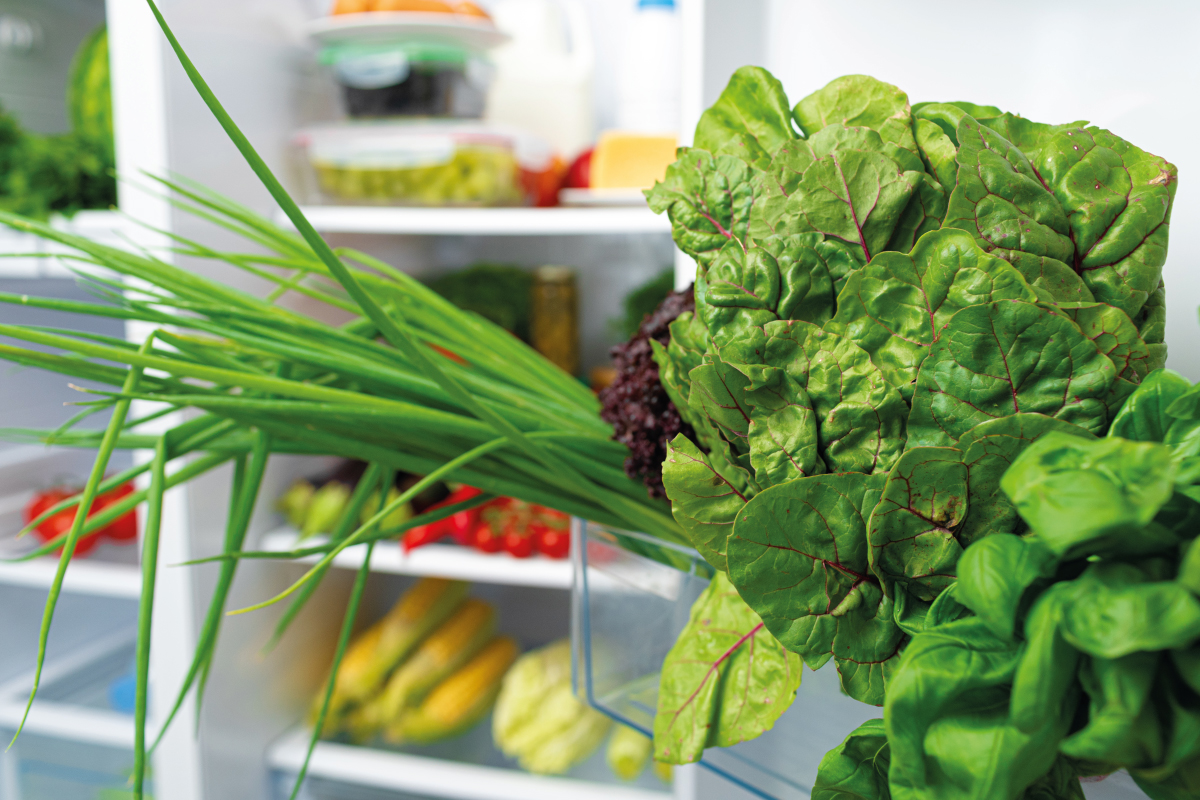
02 Aug Vegetable consumption: the importance in the diet of today and tomorrow
The daily consumption of vegetables, as well as fruit, over the years has been growing and, with the pandemic, has had the definitive acceleration. Both elements have always been included in the famous Mediterranean diet, but the numbers have further increased. This is revealed by the data collected by the statistical bodies, both Italian and European.
Eurostat, for example, has tried to analyse whether this increase was linked to the level of education of European citizens and, in reality, it seems that there is no real link: regardless of the level of schooling, in all countries the consumption of vegetables and fruits has grown.
Some differences, however, emerge if the data relates to a subdivision by age groups: starting from the 45-64 age segment, it is noted that the number of people who, correctly, consume fruit and vegetables at least 5 times a day is growing, while the number of those who eat only one or a portion of it is decreasing or, even worse, none.
Wanting to venture a hypothesis on the motivations behind this phenomenon, we could say that with the passage of time we become more judicious, more experienced in our body and more attentive to health. But, at the same time, this means that the 15-24 age group and 25-34 years are still too little aware of the importance that fruits and vegetables play in the economy of a healthy diet and, consequently, there is still much to be done in terms of awareness.
Vegetable consumption: the situation in Italy
The introduction of fruit and vegetables into the diet is fundamental, especially in a Mediterranean country like Italy. The daily consumption of fruit and vegetable products, even better if in season, should – hopefully – exceed the 5 portions recommended by international guidelines, through not only the 3 main meals, but also in the so-called snacks and inserting them as ingredients “accompanying” the courses on the table.
Returning to the data, in the two-year period 2020-2021 52% of people aged between 18 and 69 years consume a maximum of 2 servings of fruit or vegetables per day, 38% reaches 4 servings and only 8% consume the recommended amount of 5 servings. Fortunately, over the years, the number of people who do not consume fruit or vegetables at all has been extremely thinner, to the point of settling at today’s 2%.
Women, in this case, show themselves more “virtuous” than men, and from a geographical point of view the North and Sardinia report a greater number of people adhering to the “five a day” than in Central-Southern Italy.
The data are not disastrous, but the number of people in Italy who consume at least 5 servings of fruit and vegetables a day is still far too low. For this reason, in April 2021, the Ministry of Health published the document “Health at hand: Decalogue for the consumption of fruits and vegetables” with the aim of promoting and raising awareness among consumers who still show signs of backwardness on nutrition.
Consumption of vegetables: the decalogue of the Ministry of Health
The text drafted by the MS contains a series of summary and practical indications and aims to raise awareness not only among the direct final consumer, but also among the category of “parents”, so that they adopt a healthy, varied and balanced style of eating for the whole family. Let’s see what advice it contains:
1) The rule of five
The Decalogue of the Ministry of Health, of course, does not contradict the European guidelines. The amount of 5 servings is recommended as a minimum dose to be taken throughout the day, with particular attention to prefer seasonal fruits and vegetables;
2) Stock up
Making sure you always have fruits and vegetables in the refrigerator or freezer reduces the possibility that you are hiding behind the alibi of not having it ready for use. It seems trivial, but following this advice is certainly easier to make an obligation a pleasant habit;
3) Not only contour
Considering vegetables a food proper only to the scope of the side dish greatly limits the opportunities for consumption. In fact, many of them, such as carrots, fennel and celery, are also perfect to be munched on as snacks in mid-morning and afternoon snacks;
4) Recharge your energy
Regardless of your core business, whether you’re a student struggling with exams or an entrepreneur leading your own business, you always need to recharge your batteries. Fruits and vegetables are valid allies in this sense, because they constitute a real source of natural energy;
5) Exploit every part of it
What is said about pork (which does not throw anything away) actually applies even more to vegetables and fruits. The stems, for example, can be made excellent broths and soups. With the residual pulp of the fruit you can prepare excellent extracts and drinks;
6) Cooked, but not too much
Playing with textures, cooking vegetables until they are crispy, is a valid way to “transform” vegetables into a pleasant food even for the most demanding palates. Be careful not to overcook them, to prevent them from losing their nutrients during preparation;
7) A dish… unique!
Combining vegetables in a single dish together with cereals and legumes allows you to take in one fell swoop all the amount of nutrients you need, an excellent strategy for those who do not have time to eat the classic three courses for each meal;
8) Satisfies the throat
Many cannot give up some vices at the table, such as sweets. So why not exploit this “weakness” and convert it into opportunities? Adding fruit to the dessert will certainly not become magically healthy or low-calorie, but it will allow us to take its nutrients without sacrificing taste.
The document “Health at your fingertips: Decalogue for the consumption of fruits and vegetables” can be consulted in original here.
